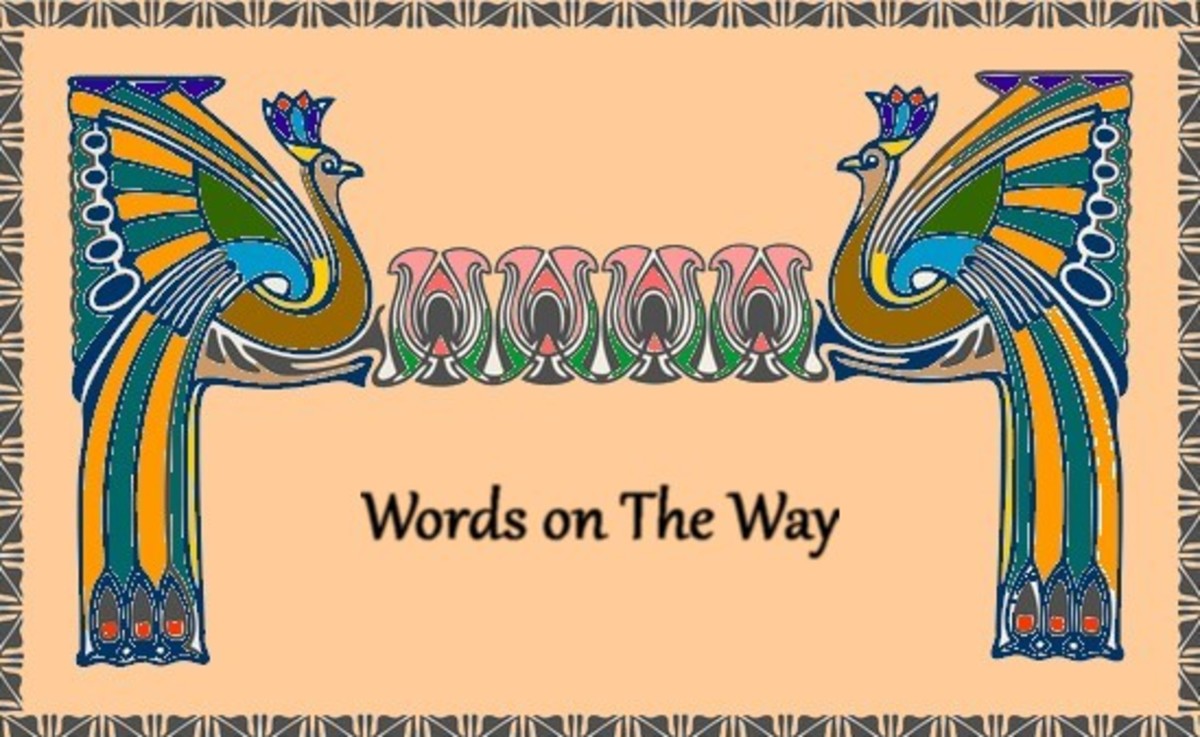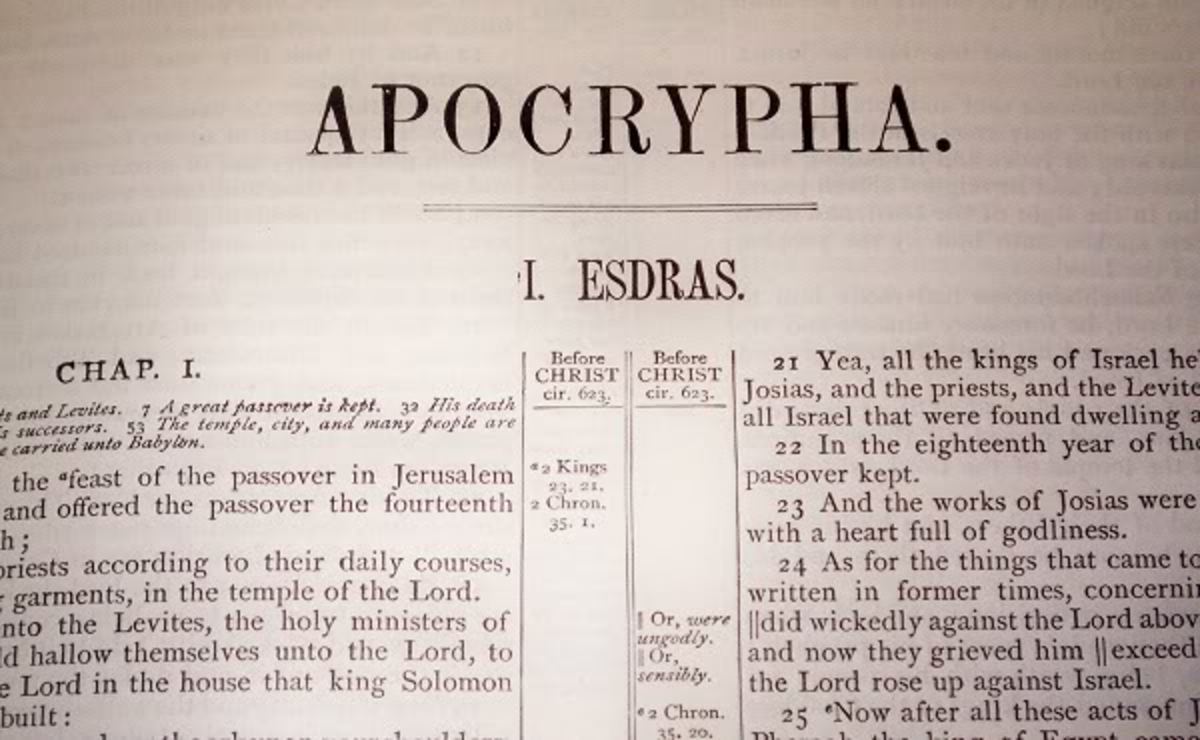Reincarnation and the Druids
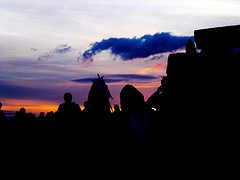
What Was Druidism?
Among the Celtic peoples the Druids were of the most learned. As respected elders they were both scholars and spiritual overseers. The word Druid originates from the Irish words: “drui” (the singular form of Druids), a prefix meaning both “thorough” and “knowing.” Thus a Druid was an individual considered to possess great knowledge and wisdom. Pliny, one of the early classical writers, compared the word Druid to that of the Greek language; the word “drus”, meaning oak. The combination of these two derivatives - “a wise man or priest of the oak” - is the accepted meaning of the word by today's scholars and historians.
Writers on the Continent (Europe) generally wrote about Druids in the same terms as their native Irish or Celtic counterparts, using the Irish word “drui.” In the Latin countries they were referred to as “magus” meaning seer. There is also a similarity between the Sanskrit and Old Irish words as we'll see later in this article, though this is not surprising being the Celtic and Greek languages evolved from the earlier Indo-European tongues.
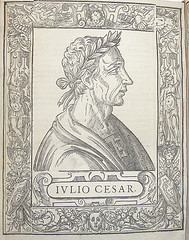
Caesar and the Druids
The earliest sources of information are of the utmost importance to scholars and anyone wanting to know about the Druids, especially the classical essayists such as Pliny, Strabo, and Caesar. They wrote much about the customs of the Druids, though gleaned much of their material from the writings of Posidonius, the Stoic philosopher. Caesar included information about the Druids in his Book VI of the Gallic Wars. Though a tad biased, being he was sent to Gaul to conquer the Celtic tribes, his account is one of the most descriptive available to us. He wrote:
“...The Druids are concerned with the worship of the gods, look after public and private sacrifice, and expound religious matters. A large number of young men flock to them for training and hold them in high honour. For they have the right to decide nearly all public and private disputes and they also pass judgement and decide rewards and penalties in criminal and murder cases and in disputes concerning legacies and boundaries... It is thought that this [Druidic] system of training was invented in Britain and taken over from there to Gaul, and at the present time, diligent students of the matter mostly travel there to study it...”
Caesar then goes on to say:
“... The Druids are wont to be absent from war, nor do they pay taxes like the others... It is said that they commit to memory immense amounts of poetry. And so some of them continue their studies for twenty years. They consider it improper to entrust their studies to writing...They are chiefly anxious to have men believe the following: that souls do not suffer death, but after death pass from one body to another; and they regard this as the strongest incentive to valour, since the fear of death is disregarded. They have also much knowledge of the stars and their motion, of the size of the world and of the earth, of natural philosophy, and of the powers and spheres of action of the immortal gods...”
Caesar's commentary above is one of the first proofs of the Druid's belief in Reincarnation.
The Celts viewed the druids as a holy priesthood, an important, highly respected, and separate class of society, a view that was shared by several early writers who compared them with the Egyptian priests, Persian Magi, and Indian Brahmins. The Romans too recognized their nobility, one that was comparable with the Knights of old, outranked only by the King or tribal chieftain.; though generally they saw the Druids as as healers, prophets, seers, priests, poets, and magicians. In one account the writer Strabo illustrated their power when he commented that in the earliest times they could intervene in matters of war and even prevent armies from clashing.
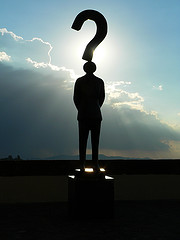
What Happened to the Druids?
Unfortunately the majority of the historical data available on the Druids is written by their enemies – the Romans. Undoubtedly the Romans sought to portray them as savage, primitive peoples, and described them as shadowy figures who hid in the forest while conducting bizarre religious and sacrificial rites. What cannot be disputed is the intelligence and wisdom of the Druids; they were masters of philosophy, talented poets, and excellent orators. The early commentators generally agree that they were an advanced society divided into three distinct sections; the Druids, who were priests, theologians, and philosophers; the Vates, seers and diviners; and the Bards, the lyrical poets and musicians.
But what effect did the arrival of the Roman forces have on Druidism and the Druids? The early Roman leaders viewed their strong priesthood as a threat, and took measures to suppress it. Citizens were forbidden to practice Druidism by Augustus, while Tiberius wrought greater havoc upon them by decreeing that they should be annihilated. The early writers such as Tacitus, Pliny, and Suetonius, have confirmed this oppression, especially Suetonius who reported that Druidism was completely abolished under Claudius. There is mention that Druidic prophetesses served the Roman emperors Diocletian and Severus as fortune tellers in the 3rd century in the Augustan Histories, but Druidism had for the most part disappeared by then.
Christian Monks responsible for the Irish manuscripts covering Druidism from the 5th century and after however make many references to Druidism and the Druids. They are said to have played a great role in the lives of the Irish Saints; Brigid and Patrick, though as opponents of Christianity rather than supporters of the new faith. This has fueled debate by scholars as to whether the Druid priests assimilated into the Christian monasteries or not. Of course the monks would have viewed Druidism as a form of paganism, though there is evidence in the portrayal of several Christian Saints that they practiced a form of magic born from their Druid counterparts, albeit in the name of Christ.
What the Druids Believed
So what were the actual beliefs of the Druids? To what or whom were they spiritually connected? Though cast in a shadow of secrecy and solace by many early writers, the Druids were renowned as capable astronomers and doctors of medicine. Their ability to foretell the eventuality of certain events using the reckoning and calculations of Pythagoras is evidence that they were in fact somewhat enlightened in a secular vein, but what about their spirituality? Were they also as enlightened when it came to theological matters?
It was common knowledge in the ancient world that the Druids believed in reincarnation and the immortality of the soul. At funerals they often threw letters to their ancestors on the pyres, having faith that the dead would be able to relay the content to their dead kin. One proof in their belief in reincarnation was their policy about money lending. It was believed that if a person died owing someone, they could repay the debt in their next life.
Much of what we conclude of the Druids beliefs is the result of speculation and the piecing together of various bits of historical accounts. One thing for certain is that they avoided writing out their doctrines, preferring to pass them on orally to selected and qualified candidates. It is thought that the Druids were monotheistic, believing in one divine spirit, but equally revering the sun, moon, stars, and the spirits of nature.

Barbaric Belief or Pythagorean Progeny?
During the Roman conquest of Gaul, a surprising observation of the invaders was that the seemingly “barbaric” Druids possessed a philosophy that was rather advanced for the era. Writers such as Caesar, Aristotle, Valerius Maximus, and Lucan, all commented on this, as did the Christian scholars who came later. The works of some of the early Christian Fathers such as St. Clement and St. Cyril hold the Druidic belief system in high regards, St. Cyril referring to them as; “keepers of the Pythagorean flame, and students of the natural world.” Hints of Pythagoreansim are clearly visible in Druid philosophies, though the link tying them together has been hackneyed by history. A remarkable resemblance to ancient Egyptian beliefs is also evident, and tales of bartered offerings between the priests of Greece and Gaul link them to the mythic beliefs of those peoples.
Ancient legends go as far as labeling Pythagoras as the counselor of the Druid priesthood, which would indeed explain the similarities in Druidic belief and those of the Hermetists of ancient Egypt, with whom it is rumored that Pythagoras had close ties. Herodotus spoke of a secret alliance between the Druids and the priests of Greece, while additional legends mention that Zamolais, once a slave to and student of Pythagoras, first introduced the Druids to the theories and philosophies of his former master and menbtor. Such legends do not arise from nothing, and at any rate, the similarities between the two doctrinal systems is remarkable.
The Circle of Freedom
Although the teachings of the Druids have vanished over time, making it difficult to accurately construct their exact canon, enough is known to reveal their connection with the school of Pythagoras. Fragments that have been preserved demonstrate that the doctrine of Reincarnation was central to Druid philosophy. The Druidic concept of the “Circle of Freedom” is absolute confirmation of this. According to Druidic doctrine, the Circle of Freedom is the final phase of the incarnation of man as he enters the state of “Abred”; which is a perpetual cycle of reincarnation which includes life in other human races on Earth, and on other planets until passing into the “Circle of Bliss” where the individual lives for eons in a state of ecstasy. Even beyond this transcendent state there lies another, the Circle of the Infinite,” a condition identical with the Greek and Persian “Union with God,” or the better known “Nirvana” of the Hindus.
If one travels around Britain and Ireland, in addition to the stone monuments of worship and traces of ancient religious rites, one will witness evidence of the Druid belief in reincarnation; mainly in the peculiar customs of the country folk. English folk-lore, Irish fancy concerning fairies, banshees, and the little-people, good luck symbols and whispered tales of children born remembering previous lives. Not only do these lores and legends sustain the intimation of mystic souls returning to life in some wondrous manner not fully understood, they serve as evidence of an inheritance from the Druids.

